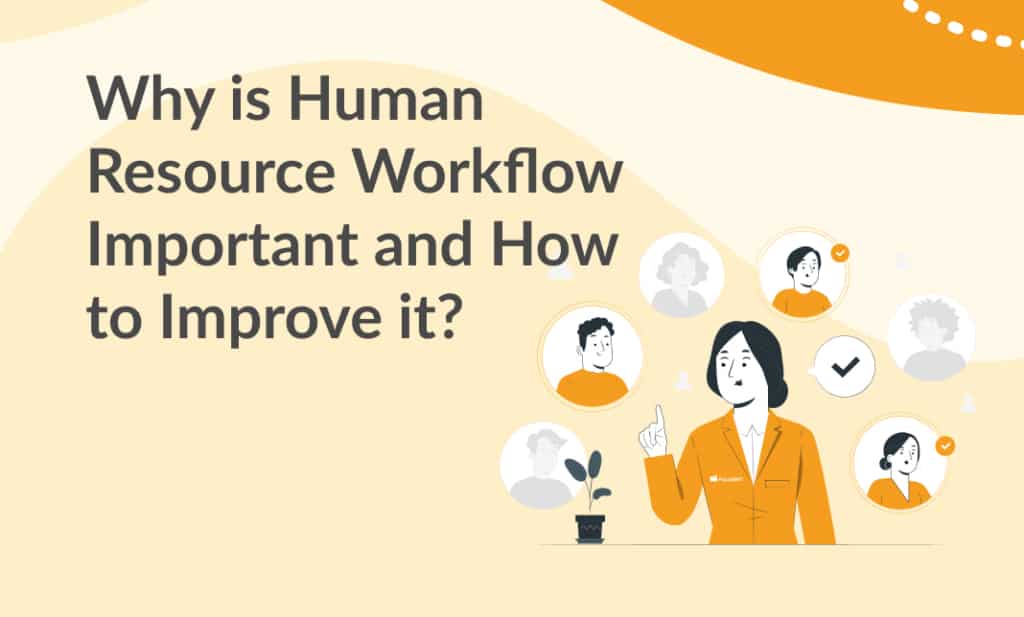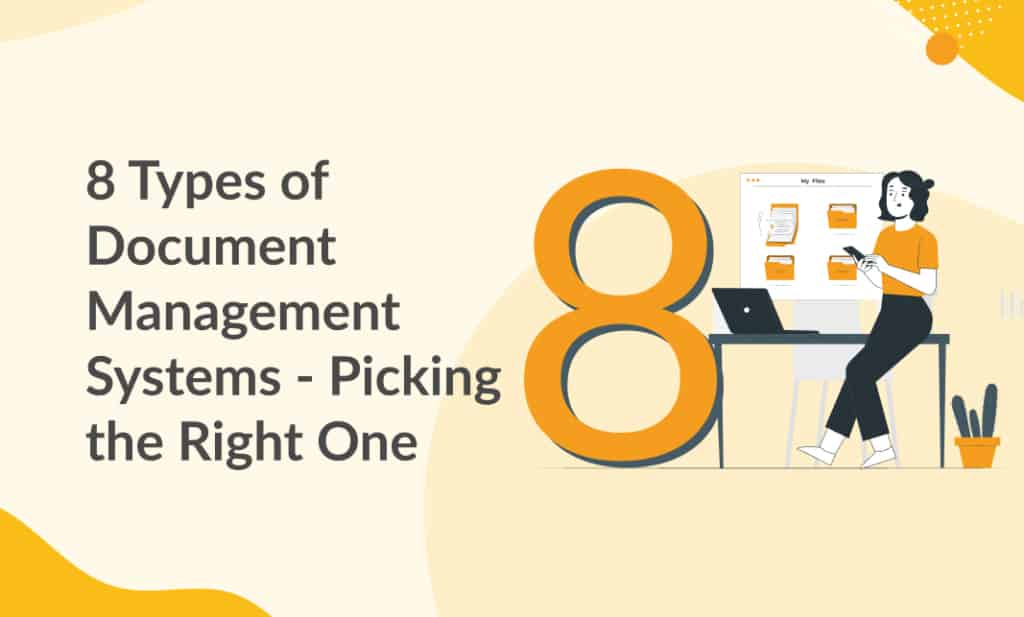Human resource workflows are a series of processes that must be followed in order to fulfill anticipated and repetitive tasks. Every HR department in a firm must maintain a robust employee-centric approach since it has a significant impact on the bottom line. Manual Human Resource workflow management leads to inefficiencies and decreased productivity in the HR department.
What is Human Resource Workflow?
Human Resources Workflow Management is the process of identifying and implementing recurring operations and automation solutions to assist HR managers in increasing performance and productivity. HR Workflow Management is now a critical tool for building an efficient HR department. It automates the document approval process to achieve a specific HR goal, such as leave of absence, timesheets, internal surveys, and performance reviews.
An HR document management software (DMS) is a software used as an HR management platform, which serves to help staff obtain, store, and manage important documentation. A document management software consolidates all of the most relevant HR files in one convenient spot.
Benefits of Improved Human Resource Workflow
- Reduces Error
- Reduces the use of paper and mail
- Improves the approval procedure
- Improves process compliance
- It saves both time and money.
- Improves employee performance
How to Improve HR Workflow with Automation
Human Resource (HR) workflow can be improved by automating some important HR functions:
- Getting HR documents signed
There are important documents that need to be signed and stored in your HR management platform, like when an employee accepts an offer letter, or signs a confidentiality agreement or some other document related to company policy.
This workflow will involve a digital signature integration such as DocuSign and your HR management system. You can set up the automation on your DMS, so that whenever a document is signed, it’s automatically stored in your HR management platform.
- Sending automatic notifications to your team chat
With an integration platform, you can build a workflow where a notification is automatically sent to a team’s chat channel when someone applies for leave through your HR management platform. You can also configure similar notifications for when someone joins or leaves the company.
- Onboarding new employees automatically
When a new employee joins, you probably have them go through your onboarding materials, so they know the values, policies, and conduct expected of them. This might then be followed by sending them further educational resources and guidelines.
You can automate this onboarding process using a multistep workflow, wherein once the employee is added to the HR management platform, an email account is created automatically, and then these onboarding materials are sent as their first few emails.
- Processing payroll
You’ll want to create a payroll account for new employees once they’re added to your HR management platform. You can use your integration platform to configure this workflow so that an account is automatically created in your payroll app as soon as a new employee is added to your HR management platform.
You can also configure your payroll app to detect changes to things like designation and salary, as soon as they’re made in the HR management platform.
- Reporting expenses
Your expense reporting app needs to include all the employees working in your organization—and that means you’ll need to keep creating a new user in your expense reporting app every time there’s a new hire. With an integration platform, you can build a workflow where a new account is created for the employee in your expense reporting app as soon as they’re added to your HR management platform. And changes to an employee’s designation automatically get reflected on the expense reporting app as soon as it’s changed in the HR management platform.
- Generating invoices for timesheets automatically
When you’re working with clients, you need to bill them according to employee timesheets. Here, you can set up a workflow between your HR management platform and invoicing application, such that whenever a timesheet is submitted, an invoice for the timesheet is generated in your invoicing app and automatically emailed to your clients. This way, you don’t have to even worry about opening your invoicing application, as billing clients will take place automatically.
- Bringing new employees to your employee recognition app
Some organizations have an employee recognition app, where teammates are encouraged to publicly praise their colleagues for contributions that might otherwise go unnoticed. These kinds of apps help in building a company culture of appreciation and encouragement.
Instead of manually adding new hires to your employee recognition app, you can build a workflow where an account is automatically created for a new employee as soon as they’re added to the HR management platform.
- Collecting feedback after employees leave your organization
It’s always good practice to ask ex-employees about their time at the organization, what they liked, and what could use some improvement. You can set up a workflow where former employees are automatically emailed a survey asking for feedback after they’ve been removed from the HR management platform.
While these are some of the most common workflows, you can build any number of unique workflows using an integration platform that suits the requirements of your organization. Folderit’s document management system uses ‘Make’ (formerly integromat) to create extensive automations and workflows that are easy to setup and replicate.
To learn more about Folderit you can reach out to us at support@folderit.com to schedule a demo.



